 6
6
The earliest records of dyeing processes are Chinese, and date from about 2600BC3. The drive to find new and interesting colours is understandable- most natural fibres such as cotton, linen, wool and leather are shades of white, black or brown:
 6
6
In ancient times, only the rich and powerful could afford to own dyed products, so dyed possessions were a sign of status. The only resources available to a dyer were natural- plants, animals and lichens were all used in the quest for new and more permanent colours. Obviously, the range of natural dyes is huge, and only a very few are mentioned here. For links to pages containing more information, see the References page.
Question: What do these two have in common?

Answer: They're both wearing products containing indigo. The modern man is wearing a pair of jeans dyed with synthetic indigo, the ancient Briton has painted designs containing indigo extracted from a plant called woad (see below).
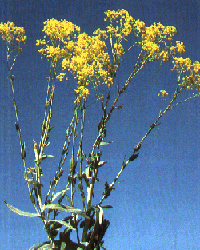 4
4 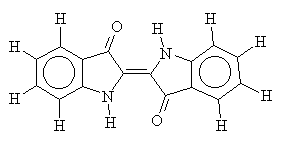
Its sustainability makes indigo one of the more important of the natural dyes. The structure of indigo is shown below (chime structure shown on the Vat Dyes page). Indigo is now produced commercially, using the synthesis shown below:
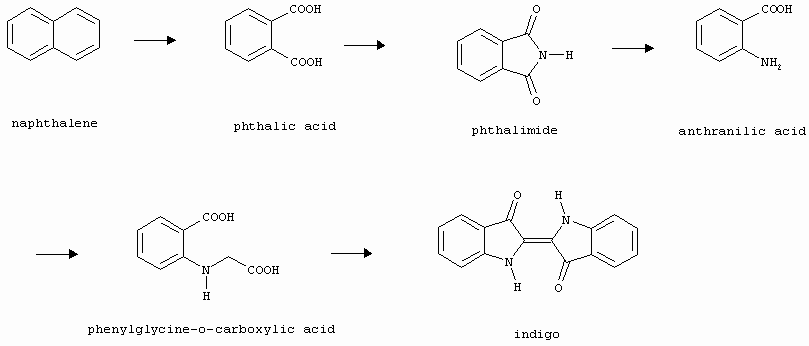 5
5
A closely related dye is Tyrian Purple. It was used by, among others, the Egyptians, Babylonians and the Romans, and was the basis of the world's first major dye industry. The dye is extracted from sea molluscs of the family Muricidae, particularly Murex brandaris. These molluscs are common, and may be found in many different environments- including the Bristol channel!
 5
5
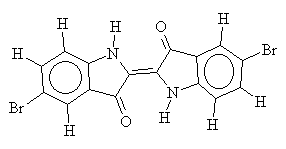
It can be seen that the structure of Tyrian Purple is almost identical to that of indigo. The crucial difference is the substitution of two bromines for two of the aromatic hydrogens.
A strong red dye, cochineal, is obtained from a South American Scale insect, Dactylopius coccus. One of the principle dye molecules in cochineal is carminic acid:
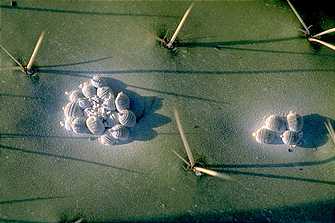 8.
8.
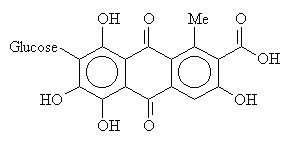
It is used as a food dye, as well as on cloth.
Dyers Madder, Rubia tinctorum and R. peregrina, also gives a red dye, but this time, the main dye molecule is alizarin:
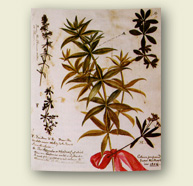 9
9
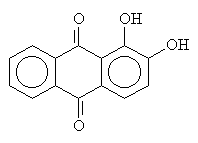
Note the similarity between carminic acid and alizarin- the core of both molecules is the same, but the functional groups differ.
Logwood is a Tree which is native to America. Its wood supplies a strong, brilliant dye which can vary from violet to black. Its principle dye component is haematoxylin.
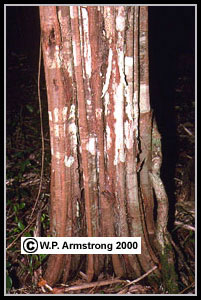 12
12
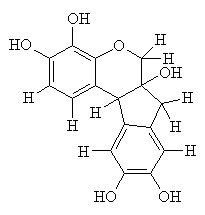
Black dye can also be obtained from green walnuts7.
Most natural dyes have been superceded by modern replacements which are more consistent, more strongly coloured and which have better colour fastness. However, some enthusiasts still use natural dyes, to obtain a more unique feel to garments.